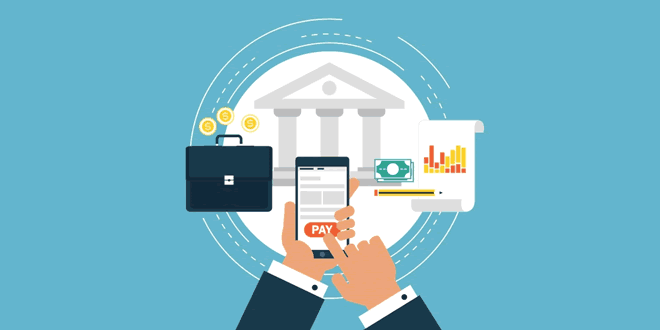Question: What is a bank?
Answer: A bank is an institution that accepts the surplus deposits and grants loan to the people or businessmen.
Question: Why transactions are made in money?
Answer: Because money is easily acceptable. A person holding money can easily exchange it for any commodity or service that he or she might want.
Question: Mention the most essential feature of barter system.
Answer: Double coincidence of want.
Question: Why money is called a medium of exchange?
Answer: Because it acts as an intermediate in the exchange process.
Question: What is barter system?
Answer: The system of exchanging goods is known as the barter system.
Question: Mention any two products which were used as medium of exchange before the invent of money.
Answer: (i) Gold (ii) Copper
Question: Mention the modern forms of money. How it is different from traditional forms of money?
Answer: Paper notes, coins and demand deposits constitute the modern money. Traditional forms of money which included gold and silver had its own value whereas modern currency is without any used of its own.
Question: Why people deposit money in bank? Give two reasons.
Answer:
- People’s money remains safe with the banks.
- They earn interest on their deposits.
Question: Name the organisation which issues currency notes in India on behalf of the Central Government.
Answer: Reserve Bank of India.
Question: Mention a major source of income for the banks.
Answer: The difference between what is charged from borrower and what is paid to depositors is the main source of income for the banks.
Question: What are demand deposits?
Answer: The deposits with the bank which can be withdrawn on demand are known as demand deposits.
Question: What is included in the modern form of money?
Answer:
- Currency
- Demand Deposits
Question: Mention any two functions of banks.
Answer:
- They accept deposits.
- They advance loans.
Question: Mention any two items which can be used as collateral.
Answer: Land and buildings.
Question: Mention any two main sources of credit for rural households.
Answer:
- Cooperative and Commercial Banks.
- Professional and agriculture money-lenders.
Question: ‘Poor households are still dependent on informal sources of credit’. Give reason.
Answer:
- Banks are not present everywhere in rural India.
- Getting a loan from banks is much more difficult than taking a loan from informal sources.
Question: Define credit.
Answer: It is an agreement in which the lender supplies the borrower with money, goods or services in return for the promise of future payment.
Question: What is debt trap? Mention any two factors responsible for debt trap.
Answer: It is a situation under which borrower is unable to repay the loan and this pushes the borrower into a situation from winch recovery is very painful.
- Failure of crops.
- Using credit for non-productive purposes.
Question: Define terms of credit.
Answer: Interest rate, collateral and documentation and the mode of repayment together comprise what is called the terms of credit. The terms of credit very substantially from one credit arrangement to another. They may depend on the nature of the lender and the borrower.
Question: Name the organisation which supervises the functioning of formal sources of credit.
Answer: The Reserve Bank of India.
Question: Which is the main source of credit for the poor? Give one reason.
Answer: Informal sources like money lenders, traders, relatives etc. Absence of collateral is one of the major reasons which prevents the poor from getting bank loans.
Question: Prove with an argument that there is a great need to expand formal sources of credit in rural India.
Answer: Very high percentage of people depend on informal sources of credit, so there is urgent need to expand formal sources of credit in rural India.
Question: Why are most of the poor households deprived from the formal sector of loans?
Answer: Due to lack collateral.
Question: How do the deposits with banks become their source of income?
Answer: Because there deposits are used for lending and through lending banks earns interest.
Question: Why one cannot refuse a payment made in rupees in India?
Answer: In India, the legalized use of rupee as a medium of payment that cannot be refused in setting transactions in India.
Question: How does money eliminate the need of double coincidence of wants?
Answer: By acting as a medium of exchange.
 Class Notes NCERT Solutions for CBSE Students
Class Notes NCERT Solutions for CBSE Students





